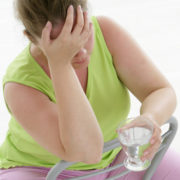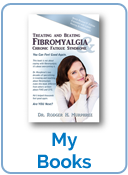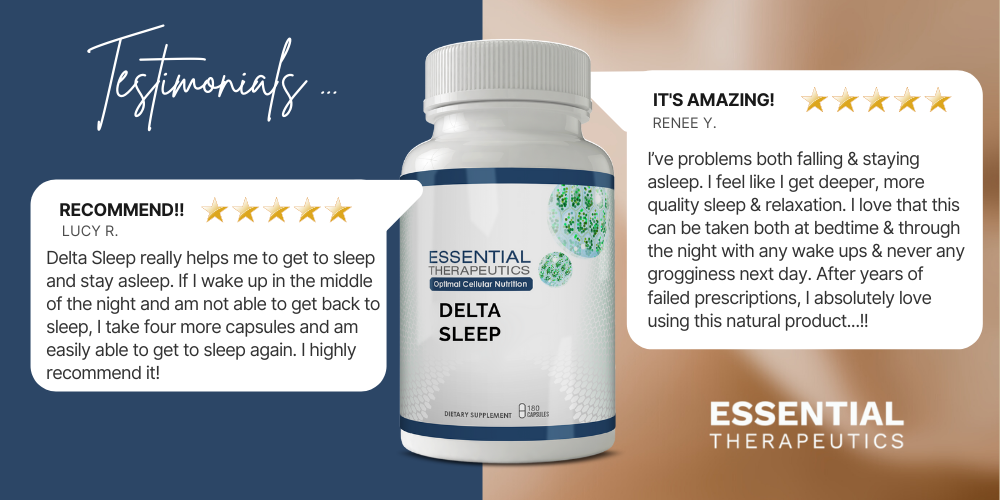Relieving Fibromyalgia Pain Without Pills
 For millions of Americans with chronic pain, the thought of using painkillers can be scarier than the disease itself. This is especially true for those who are recovering from addiction. It is estimated that 2.1 million Americans have some form of a substance-related issue involving painkillers. Every single day an estimated 40 people overdose from pain medication according to the Centers for Disease Control and Prevention.
For millions of Americans with chronic pain, the thought of using painkillers can be scarier than the disease itself. This is especially true for those who are recovering from addiction. It is estimated that 2.1 million Americans have some form of a substance-related issue involving painkillers. Every single day an estimated 40 people overdose from pain medication according to the Centers for Disease Control and Prevention.
Substance abuse is a real problem in this country. Yet, prescription opioids and other controlled medications are offered up as a first line treatment to everyone with chronic pain, even young adults.
Members of Arizona State University’s Psychology Department have been exploring possible alternatives for chronic pain management. All of the methods they are researching avoid prescription medication.
From 1991 to 2011, the amount of painkillers dispensed in this country has risen from 76 million to over 219 million. The industry has grown by $143 million dollars in twenty years. According to a report by the National Institute of Health (NIH), there are a few factors which have sparked this rise.
The first is the aggressive marketing of pharmaceutical companies. Happy, pain-free actors show you images at dinner of how you can live a fuller life with their medication. This has led to a greater societal acceptance, which is the second cause. People now believe that painkillers can treat any pain related condition and this is far from accurate.
Opioids, for example, have not been shown to be effective in treating the pain that comes from fibromyalgia. But guess what! They are prescribed anyway. According to ASU Psychologist Mary Davis painkillers also reduce the feeling we get from pleasant experiences, ultimately making them less rewarding.
It is possible that many pain sufferers will always have their condition, but there are better ways to deal with the pain than popping a pill. It is ultimately about improving your quality of life.
Patients who work with me in Get Healthy Program find that their pain is all but eliminated within a short period of time. How you might ask? By getting healthy. Drugs don’t make you healthy. Getting healthy through the right combination of vitamins, minerals, amino acids, and essential fatty acids and life style and diet changes allows my patients to have less pain and feel good again.
You can listen and read their stories here /testimonials-from-fibromyalgia-patients/
The first step is always education. There is a real power behind words and behind knowledge. It is important to know about your pain and what causes it. Learn everything you can about how your pain changes based on your diet and sleep patterns. It is simple, the better you take care of your body, the more control you have over your pain.
Using Cognitive Behavioral Therapy (CBT), you can learn to change the way you think about your pain. Living with pain can make patients feel hopeless. For patients who either have a previous opioid addiction or develop it as a result of their pain medications, learning to live without painkillers is the only option.
CBT works by teaching you how to avoid “catastrophizing” your pain. That is, you learn to avoid thinking that the pain will never end or feeling like you’ll never escape it. You learn how to avoid focusing on the pain.
The research done by ASU shows that when patients know they are stuck in a negative mindset, it becomes possible to change thought patterns and behaviors. This means learning to make effective pain management choices even during rough pain times. Choosing a relaxing bath or another distraction gives you time to change your thoughts.
Basically, instead of saying, “this is horrible and always will be,” you say “this flare will pass, just like the others.” When you remind yourself that it will get better soon, you will be surprised how quickly that is just what happens.
Regulating your emotions, through a process known as mindful meditation, is about regulating your emotions. In the morning, you may wake up with pain and automatically decide “I’m just going to stay in bed today.” You have settled on an option without considering all of your other options. This is a reflexive response, just like deciding it is easier to take a pill.
When you make these decisions consciously you gain the opportunity to assess your pain and make a positive choice. Even if you do decide to stay in bed or take a pill, it will be a conscious choice, something you have done deliberately.
A final step you can take is to set goals. Never assume that you will have to give up the things you love because of your pain. A study conducted by NIH showed that women who met their social goals felt less pain, whether they had gotten enough sleep the night before or not. They were also more emotionally positive.
When you have fibromyalgia, your life changes, but it doesn’t have to be less fulfilling. Consciously making choices and deciding how you are going to deal with your pain lets you be prepared on those bad and those great ones.
Check out all the free resources, videos, past teleconference audios, blogs, and protocols at my website www.treatingandbeating.com
Join Me Every Week For My Free Treating and Beating Fibromyalgia Facebook LIVE @ 6pm CST
NEW PATIENT PHONE CONSULTS AVAILABLE:
ARE YOU SICK AND TIRED OF BEING SICK AND TIRED?
You can feel good again! 17 years specializing in fibromyalgia – I’ve helped thousands feel good again!Are you next?
YOU DON’T HAVE TO TRAVEL TO BIRMINGHAM AL. 90% OF MY PRACTICE IS PHONE CONSULTS.
Call 205-879-2383, or visit FibroConsults.com to schedule your consult today!
Find out more at FibroConsults.com











Leave a Reply
Want to join the discussion?Feel free to contribute!